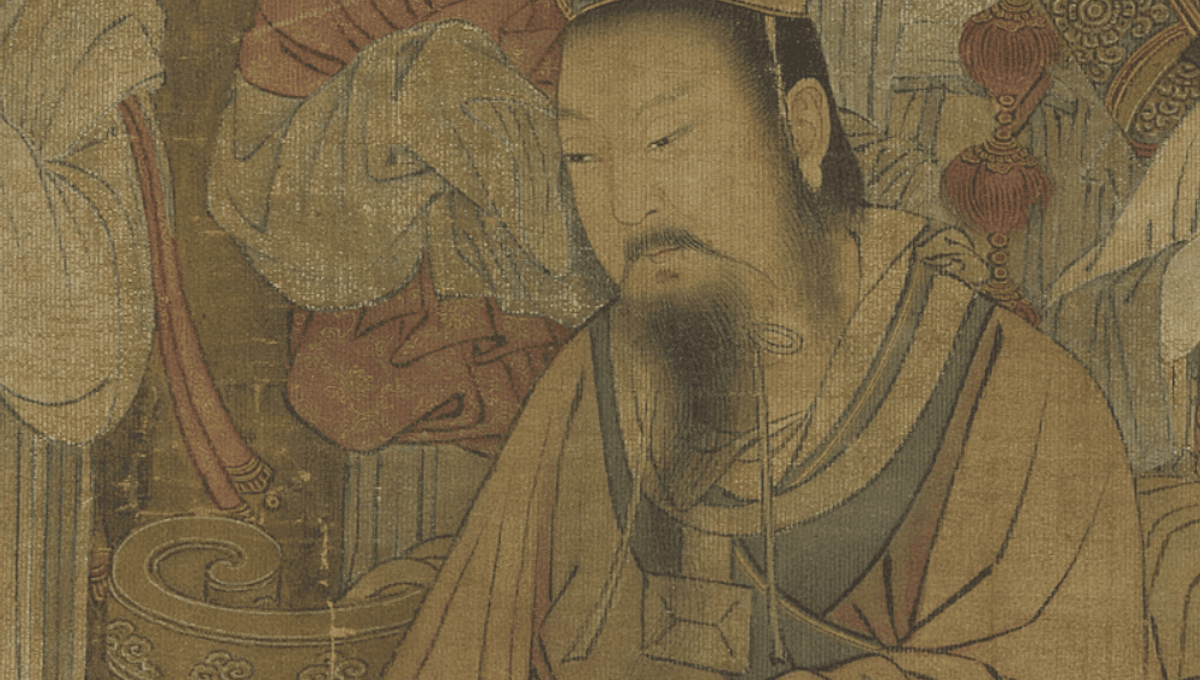
An unexpected companion has been discovered in the tomb of an ancient Chinese emperor: the complete skeleton of a giant panda. The animal is unlikely to have ended up here by accident in a bamboo hunt gone awry. Instead, the archaeologists who discovered the remains believe the bear was buried alongside the esteemed leader to flaunt his wealth and power.
The panda skeleton was recently discovered by a team of researchers from the Institute of Archeology at the Chinese Academy of Social Sciences at the Mausoleum of Emperor Wen near Xi’an.
The city of Xi’an in central China is steeped in history. Along with serving as the capital of the Western Han dynasty from 206 BCE to AD CE, it was the original starting point for the Silk Road where traders from far-flung lands traded goods and ideas.
Emperor Wen ruled the Western Han dynasty from 180 BCE until 157 BCE. Also known as Wen-di, he’s regarded as a successful emperor whose reign is characterized by peace and prosperity.
For centuries, it was assumed the great emperor was buried in the mountains near Xi’an due to the misinterpretation of ancient historical records. It wasn’t until 2021 that archeologists discovered the burial site a couple of kilometers southwards in the Baqiao district of Xi’an.
Among the excavations, they reportedly discovered a tomb surrounded by 110 pits where over 1,500 archeological artifacts were buried, including pottery figurines, bronze seals, ironware, bronze chariots, and horses.
Ongoing digs at the site have continued to unearth more relics from the life and times of Emperor Wen, most notably this panda skeleton.
“The giant panda skeleton unearthed in the animal sacrifice pit is very complete, with its head facing the imperial mausoleum and its tail facing west. This should be a giant panda on the northern slope of the Qinling Mountains,” archeological experts on the project said in a statement.
Giant pandas are native to just a small patch of China and are often considered to be one of the nation’s cultural icons. Throughout the country’s long and rich past, they have been considered noble creatures, perfect for symbolizing the wealth and power of the elites.
It’s pretty clear this dynasty had a penchant for pandas. In the 1970s, archeologists also discovered the skull of a panda buried outside the tomb of Empress Dowager Bo, the mother of Emperor Wen of Han.
Beyond this dynasty, countless animals have been found alongside the burials of people from the upper echelons of societies around the world. The Ancient Egyptians were especially fond of animal burials and adoring tombs with mummified dogs, cats, baboons, lions, horses, goats, snakes, birds, and monstrously large crocodiles.
Pandas, however, are truly unique to the burials of ancient China.
Source Link: Panda Skeleton Found Inside 2,000-Year-Old Tomb Of Chinese Emperor